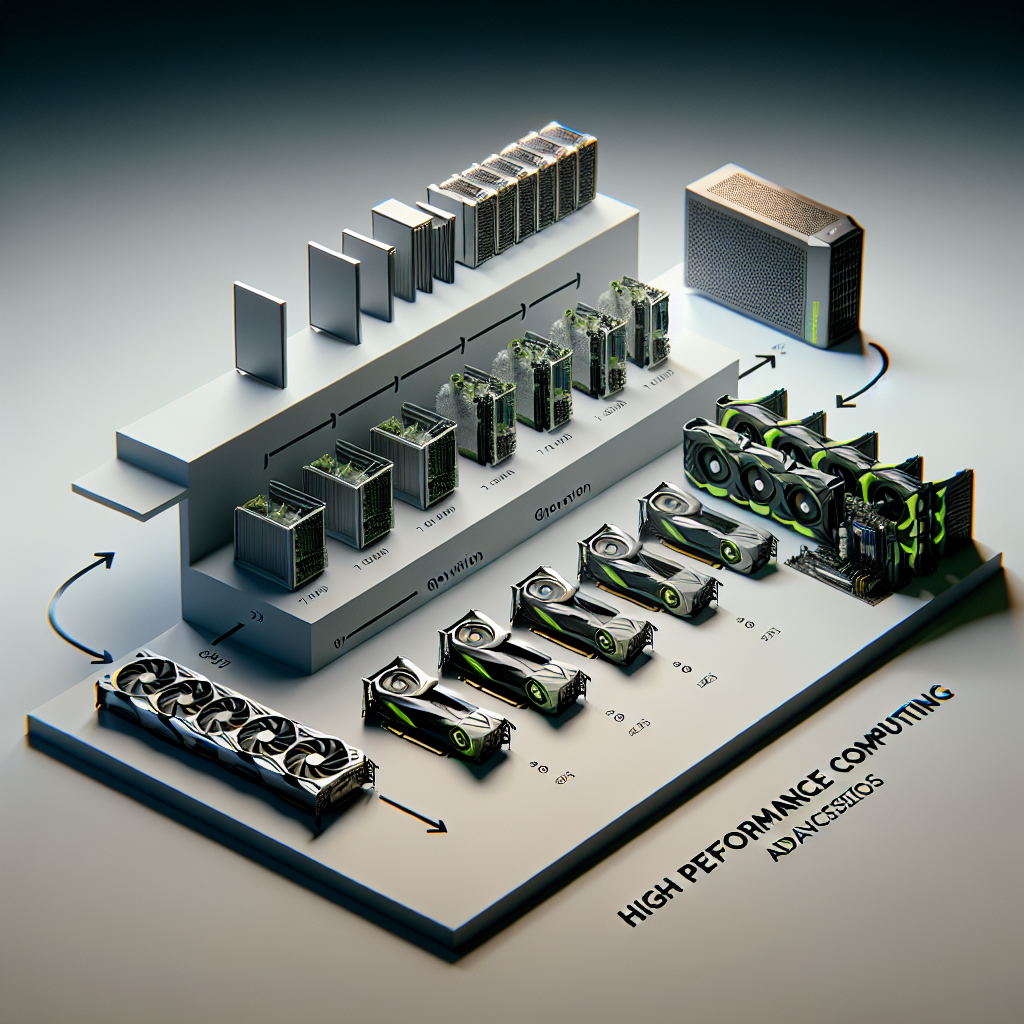The Evolution of HPC: NVIDIA’s Contribution to the Field
High-performance computing (HPC) has come a long way since its inception, and one company that has played a significant role in its evolution is NVIDIA. From its early days as a graphics processing unit (GPU) manufacturer to its current status as a leading provider of HPC solutions, NVIDIA has helped to push the boundaries of what is possible in computing.
NVIDIA’s journey into the world of HPC began in the early 2000s, when the company started to focus on developing GPUs that could be used for more than just gaming and graphics processing. By harnessing the parallel processing power of GPUs, NVIDIA was able to create hardware that was well-suited for computationally intensive tasks, such as scientific simulations, data analytics, and artificial intelligence.
One of the key milestones in NVIDIA’s evolution as an HPC provider was the introduction of its CUDA programming platform in 2007. CUDA allowed developers to harness the power of NVIDIA GPUs for general-purpose computing, opening up new possibilities for using GPUs in HPC applications. This move helped to popularize GPU computing and establish NVIDIA as a key player in the HPC industry.
In the years since, NVIDIA has continued to innovate and push the boundaries of what is possible in HPC. The company has developed a range of high-performance GPU accelerators, such as the NVIDIA Tesla series, that are specifically designed for HPC workloads. These accelerators have become a popular choice for researchers, scientists, and engineers who need to perform complex calculations quickly and efficiently.
NVIDIA has also been at the forefront of advancements in deep learning and artificial intelligence, two areas that are increasingly important in the world of HPC. The company’s GPUs are widely used in training neural networks and running AI algorithms, enabling breakthroughs in fields such as healthcare, autonomous driving, and natural language processing.
In addition to its hardware innovations, NVIDIA has also made significant contributions to the software side of HPC. The company has developed a range of software tools and libraries that make it easier for developers to harness the power of NVIDIA GPUs for their HPC applications. These tools, such as the NVIDIA HPC SDK and the CUDA Toolkit, provide developers with the resources they need to optimize their code for GPU acceleration.
Overall, NVIDIA’s contributions to the field of HPC have been instrumental in driving the industry forward. The company’s focus on GPU computing has helped to democratize high-performance computing, making it more accessible to a wider range of users. As HPC continues to evolve and become increasingly important in a variety of industries, NVIDIA is well-positioned to continue leading the way with its innovative hardware and software solutions.


